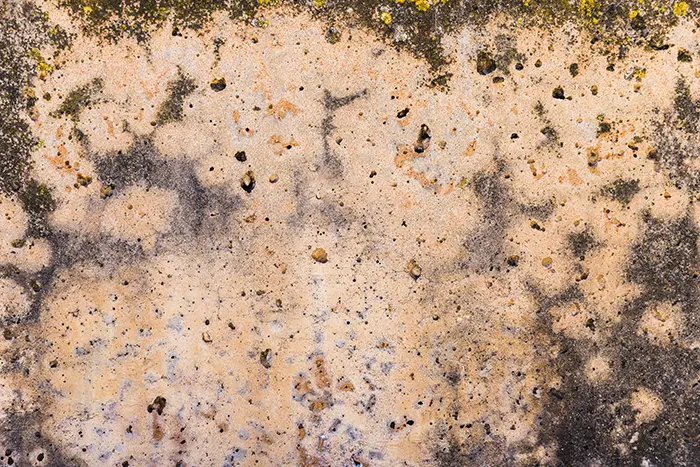Why Is It Important to Waterproof Your Crawl Space
Waterproofing your crawl space in areas like Brooklyn, Queens, and Long Island is crucial for maintaining the structural integrity of your home and preventing issues like mold, mildew, and water damage. Crawl spaces are particularly vulnerable to moisture seepage due to their location below ground level and tendency to collect water.

There are several effective methods for waterproofing crawl spaces in these regions:
1. Vapor Barrier Installation: It is essential to install a high-quality vapor barrier on the ground and walls of the crawl space. This vapor barrier prevents moisture from seeping into the space from the soil below and helps to keep humidity levels low. A durable, puncture-resistant material such as reinforced polyethylene is typically used.
2. Crawl Space Encapsulation: Crawl space encapsulation involves sealing it from the outside environment. This process usually includes installing a thick vapor barrier, sealing all vents and openings, and insulating the walls to create a conditioned space. Encapsulation effectively prevents moisture intrusion and helps to improve indoor air quality and energy efficiency.
3. Sump Pump Installation: In areas prone to heavy rainfall or flooding, a sump pump can be crucial for managing groundwater and preventing water pooling in the crawl space. A sump pump collects water that accumulates in a pit and pumps it away from the home’s foundation, keeping the crawl space dry.
4. French Drain Installation: A French drain is a trench filled with gravel or can be a perforated pipe that redirects water away from the home’s foundation. French drains installed around the perimeter of the crawl space can help divert surface water and prevent it from infiltrating the space.
5. Foundation Waterproofing: Foundation waterproofing is an important step in preventing water from seeping into the crawl space through cracks or gaps. This may involve applying a waterproofing coating to the exterior of the foundation walls and installing drainage systems to redirect water away from the home.
6. Proper ventilation : Prevents moisture buildup and promotes airflow in the crawl space. Installing vents with moisture-activated fans can help expel excess humidity and avoid surface condensation.
7. Regular Maintenance: Once the crawl space is waterproofed, regular inspections and maintenance are essential to ensure the system remains effective. This may include checking for signs of water intrusion, maintaining sump pumps and drainage systems, and replacing damaged vapor barriers or insulation.
In conclusion, waterproofing your crawl space in areas like Brooklyn, Queens, and Long Island is critical for protecting your home from moisture damage and maintaining a healthy indoor environment. Combining these methods and staying proactive with maintenance can effectively waterproof your crawl space and safeguard your home for years.
Get a Free Mold Inspection and Tailored Quote Today!
